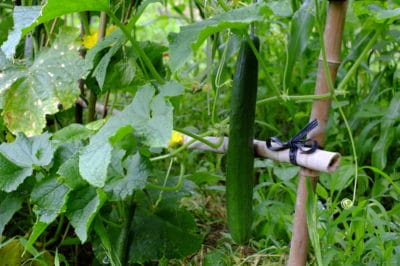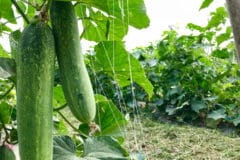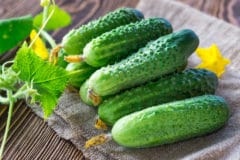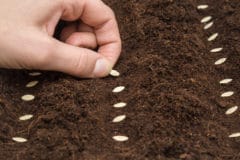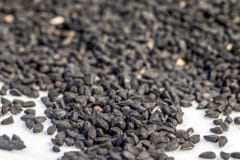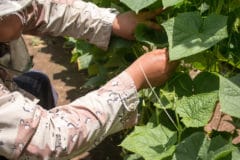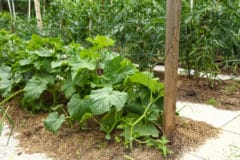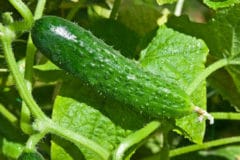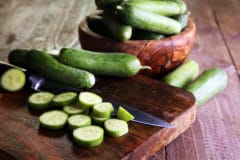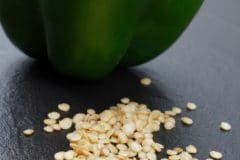When the Days to Maturity Count Begins
A cucumber’s days to maturity number indicates when the plant will have harvestable fruit. It lets you know how long your growing season needs to be. But it doesn’t tell you when to start counting, because that depends on how you handle the seeds.
Seeds Started Indoors
For seeds you start indoors, start counting the days to maturity when they’re planted in the cuke patch.
Expert gardener’s tip: Because indoor-started seedlings usually need a hardening-off period before they’re ready for the garden, it’s best to add about a week to their days to maturity number.
Directly Sown Seeds
If you sow your cuke seeds directly in the garden, begin the count when they germinate (sprout). The soil’s temperature determines how soon that happens:
- In 65°F to 79°F (18.3°C to 26.1°C) soil, germination takes up to 10 days.
- In 80°F to 90°F ° (26.6° to 32.2°C) soil, germination can occur in just three days.
Other Factors Affecting a Cucumber’s Growth Rate
Weather is the biggest factor dictating how fast your cucumbers grow. Days below 70°F followed by nights below 60°F slow or even stunt their growth. Excessive or inadequate rain is another stress, especially after the vines begin flowering. Cucumber beetle damage to the leaves, flowers and roots can also delay things.
Shortening Your Time to Harvest
While you can’t control the weather, you can take other steps to speed your cucumber’s growth:
- Warm the soil by covering it with black plastic before planting in spring.
- Keep track of your weekly rainfall with a rain gauge. When it measures less than 1 inch, water with a drip system or soaker hose. One inch equals 6 gallons per 1 square foot of soil.
- Drape your young cukes with row covers to keep cucumber beetles away. They’re made from permeable fabric that lets sun, air and moisture reach the plants.
Finally, remember that days to maturity numbers are only guidelines. Don’t panic if your cukes seem to be dragging their roots. Given regular TLC, they’ll come through!
